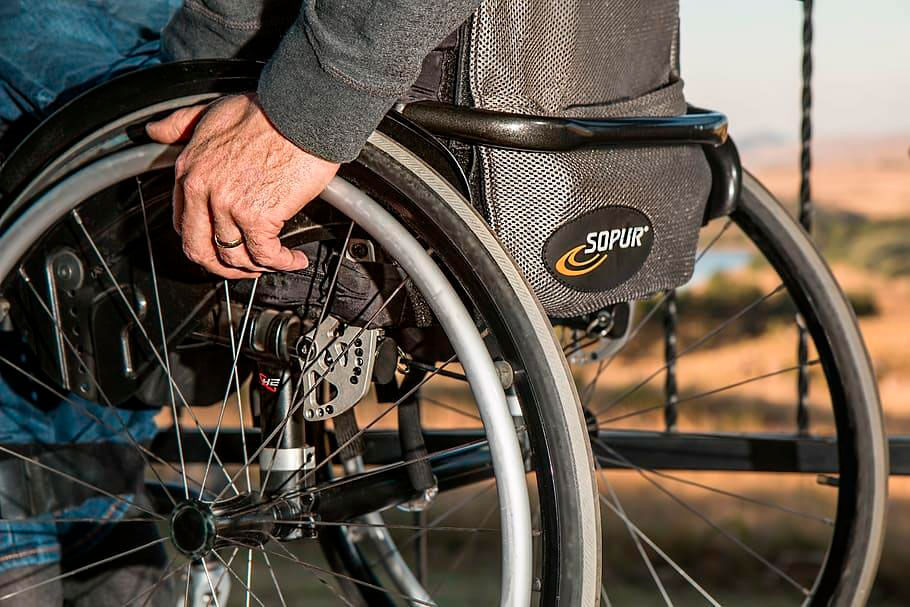The Social Security Administration (SSA) conducts Continuing Disability Reviews (CDRs) to ensure beneficiaries are still entitled to Social Security Disability benefits. We know that CDRs happen at intervals predetermined by the SSA, but what actually triggers a continuing disability review?
The SSA will conduct a CDR if: (1) you start working again; (2) you let the SSA know that your condition is better; (3) the SSA finds that your condition has gotten better via medical records; and (4) the SSA finds that you are not adhering to your treatment plan.
Keep reading below for more information.
What Triggers a Continuing Disability Review?
Based on the age and medical condition impacting the benefit recipient, CDRs happen at various intervals. In addition to conducting CDRs regularly, a continuing disability review may be triggered by any of the following:
- You start working again (unless you have received SSDI benefits for at least 24 months).
- You let the SSA know that your condition has gotten better.
- Your condition has gotten better, according to your medical records.
- The SSA receives information from a third party that you are not adhering to your treatment plan or that a new medication for your chronic disease has just been approved.
How to Pass a Continuing Disability Review
In most cases, passing a CDR is far simpler than initially qualifying for disability payments. Your payments will only be impacted if Social Security concludes the evaluation and determines that your condition has improved sufficiently for you to return to work.
But the SSA will let you know that your benefits will end if it determines that your condition has improved to the point that you can start working again. You have the option to challenge the judgment if that occurs.
Getting routine medical care and keeping the SSA informed about your medical records are the best ways to ensure that your CDR runs successfully. The organization will want to know that you’re still visiting the doctor, adhering to their advice, and attempting any novel treatments that might enable you to recover sufficiently to resume employment.
The SSA will want proof that you are keeping up with your medical appointments, considering any therapies suggested by your doctors, and making progress toward your goal of returning to work. Without medical records, the SSA may decide that you no longer require treatment because your health has significantly improved and may terminate your benefits.
Advice on Passing a CDR
Getting ready to go through a continuing disability review? Use the following advice to safeguard your entitlement to benefits:
Follow Treatment Guidelines
Even if you have a lifelong disability, the Social Security Administration expects you to adhere to all treatment recommendations. This shows that you are actively trying to manage your health. Following your doctor’s recommendations is the best thing you can do to safeguard your disability compensation. Your disability benefits should keep coming as long as the CDR demonstrates that you are still disabled despite following your doctor’s advised treatment course.
Understand Your Condition
Do as much research as you can on your disability. The SSA will question you during a CDR. If your responses don’t match the signs and symptoms in your diagnosis, you risk losing your disability benefits and/or delaying the review.
Be Honest
Be truthful whether you are completing the short form or the long form of the CDR. You might be asked to participate in a more thorough investigation if your responses seem questionable. Your chances of having your disability payments modified or denied may increase as a result.
Have Recent Copies of Your Records Handy
You should always have copies of your medical records and any other documents you’ve provided in the past because the SSA occasionally loses them.
What Is the CDR Review Process?

When the time comes to examine your claim, the SSA will send you a short Disability Update Report. Questions on the form will ask you to describe how your health has changed, what medical care you’ve had, and what jobs you’ve done.
The Social Security Administration will send you a larger form, the “Ongoing Disability Review Report” if your responses on the shorter form raise a concern for the SSA (for instance, if you state you’ve been fully employed and haven’t recently gotten any medical treatment). This report is ten pages long and is comparable to the first disability application. Below is further information about the short and long forms.
The Social Security Administration encourages claimants to submit updated medical proof whenever possible; claimants are sometimes (but only sometimes) responsible for providing this evidence themselves.
The SSA typically examines your medical records from the 12-month period prior to your CDR to look for evidence of progress, but the agency may examine data from any point after you were first awarded benefits.
You might be asked to go through a consultation examination if Social Security feels that it needs more information to make a determination or if there are discrepancies between your claims and the medical evidence.
Social Security covers consultation exams, but they are carried out by independent physicians who can assist the organization in determining if you are still incapacitated.
What Do I Do If My Benefits Are Discontinued?
After a CDR, if the SSA terminates a recipient’s disability payments, the recipient may appeal the SSDI denial and ask that an administrative law judge consider his or her case. A claimant may also ask that their disability payments be upheld while waiting for their case to be considered by the Administrative Law Judge (ALJ).
The claimant might have to pay back the benefits they received while awaiting the hearing, though, if the ALJ later determines that the benefits should be stopped.
Conclusion
Some things can trigger a continuing disability review sooner than you were anticipating. This is all normal and part of the process. But fortunately, if you make sure to follow the guidelines, you’ll be able to pass a CDR with ease.


